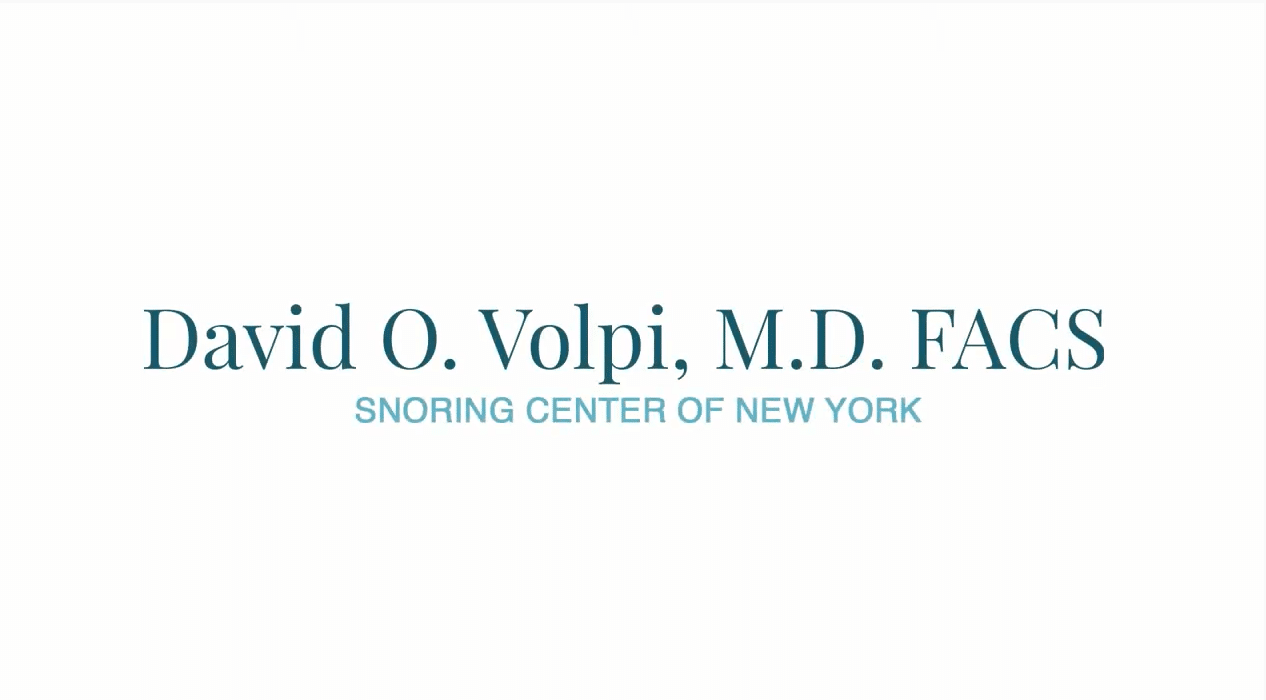
What is turbinate hypertrophy?
Your nasal turbinate is a long passageway that helps your nose stay hydrated and moist. These turbinates are important because when the nasal passageway becomes excessively dry, it can cause irritation, inflammation, and sinus problems. These tubes are also called nasal conchae. In some cases, the nasal turbinates are too big, called turbinate hypertrophy. This can cause blocked airflow, breathing problems, chronic sinusitis, nosebleeds, and other sinus issues.
What causes turbinate hypertrophy?
Turbinate hypertrophy could go away in time, known as acute turbinate hypertrophy. When the condition does not seem to go away or recurs often, it’s known as chronic turbinate hypertrophy. This occurs when the turbinate bone or soft tissues are irritated and react by swelling in size. The condition can be triggered by one of the following:
- Allergies
- Exposure to environmental irritants (e.g., chemicals, smoking, etc.)
- Severe/chronic sinus inflammation
What are the symptoms of turbinate hypertrophy?
Turbinate hypertrophy can seem like symptoms of the common cold, except they will not go away over time. In addition, a deviated septum could cause the same kinds of symptoms, so it is best to visit a sinus specialist to determine what is causing your symptoms. Turbinate hypertrophy can cause the following symptoms:
- Facial pain
- Dry mouth
- Chronic congestion
- Nasal discharge
- Snoring
- Inability to smell or changes in smell ability
- Pressure in the forehead
- Poor sleep quality
- Inability to breathe through the nose
How is turbinate hypertrophy treated?
Turbinate hypertrophy can be treated using a number of at-home remedies under the guidance of your physician. In cases where your turbinate hypertrophy is more severe or long-lasting, your ear, nose, and throat doctor might recommend some other interventions, including surgery. When surgery is needed, the size of the turbinate is reduced in order to allow better airflow. The most common treatment recommendations your doctor could suggest include:
- Nasal decongestants to alleviate symptoms
- Allergy medications to alleviate symptoms
- Allergy shots to alleviate symptoms
- Inferior turbinate bone resection (ITBR) surgery to remove parts of the bone of the turbinates to reduce it in size
- Submucosal diathermy (SMD) surgery, which uses heat energy to shrink the turbinates
- Partial inferior turbinectomy (PIT) surgery to remove soft tissues in the turbinate
If you are suffering from turbinate hypertrophy, the first step towards feeling better is to schedule an evaluation with an experienced ear, nose and throat doctor. Board certified physicians with New York ENT have extensive experience diagnosing and treating a wide variety of nasal conditions. Fill out the form on this page or call our office at 212-873-6036 to schedule an appointment today.



